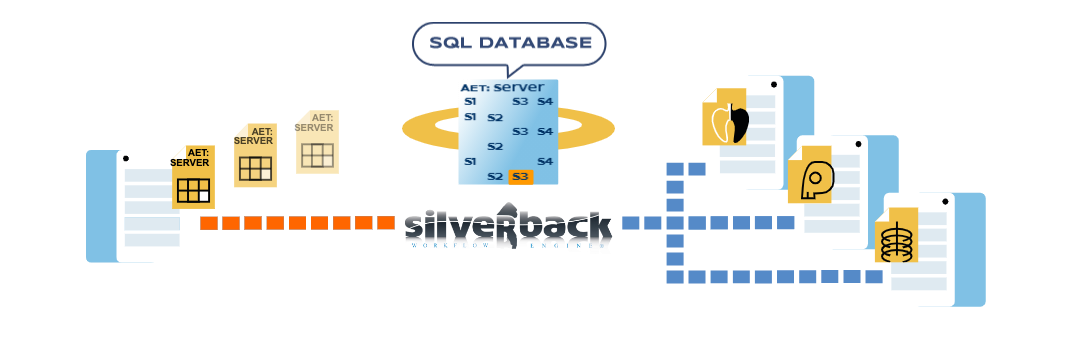 You only have to look at the phone in your hand to understand the advances in image technology that have occurred in the past five years.
You only have to look at the phone in your hand to understand the advances in image technology that have occurred in the past five years.
Like your mobile phone, X-rays, MRIs, CTs, and other picture-taking devices in the healthcare industry capture more data in a single image than ever before. However, the more data in the image, the bigger the file size. The larger the file sizes, the more strain image routing and distribution places on your facility’s infrastructure.
Throw in an ever-increasingly complex enterprise imaging environment to support the transition from fee-to-service to value-based-care, and your DICOM router is working overtime.
When your DICOM router is functioning optimally, nobody even knows it exists. But when traffic jams result in collisions and image transport failures, you’ll have a critical issue on your hands that everyone in your administration will want to know more about.
Make sure your facility’s DICOM routers meet your organization’s network needs before congestion and failure wreak havoc across your imaging enterprise — consider upgrading to an intelligent DICOM router today.
Continue reading to:
- Gain insight into the converging challenges that result in image exchange congestion
- Understand the limitations of your current DICOM router
- Learn how an intelligent DICOM router can help meet today’s complex requirements
Today’s Enterprise Imaging Environment
Advances in healthcare interoperability have raised the bar for radiology and imaging enterprises as well. PACS interoperability and ready access to patient data, including critical image files, are in demand by radiologists and other clinicians.
This demand, coupled with the explosion of healthcare data, has created the perfect storm. The DICOM router that could efficiently transport image files even five years ago is no longer sufficient.
Your organization needs an image management solution that can reliably transport millions of large image files per day.
Limitations of Traditional DICOM Routers
The DICOM routers currently in use at your facility likely do not meet the demands of this complex, large-scale enterprise imaging environment.
Here are three of the most common limitations of traditional DICOM routers that I see in today’s imaging environments:
- Difficult to configure and deploy. Manual workflows must be set up, monitored, and continually optimized on-site at your healthcare facility.
- Lack of Intelligent load balancing. Balancing traffic is critical to ensuring your network is running optimally.
- Inaccessible via the web. Secure cloud-based applications that scale with your network are becoming more common in healthcare every day. There’s no excuse for your DICOM router to be decades behind in its technology.
What is an Intelligent DICOM Router?
Intelligent DICOM routers can help your organization overcome the limitations of a traditional router; here’s how:
-
- An easy-to-use interface that can manage unlimited routes offers a painless solution to traditional routers that are difficult to configure and deploy.
- Smart load balancing ensures your network is running at optimal efficiency.
- Web-based access enables your team to monitor traffic in real-time and potentially prevent congestion that may result in network failures before it happens.
- Integrated migration tools provide the user with access to the most powerful and comprehensive migration engine in the industry.
Get to know the many benefits of an intelligent DICOM router to improve image exchange efficiency and workflow across your enterprise. 
Upgrade to an Intelligent DICOM Router Before Your Old One Fails
As a PACs administrator or radiology director, image exchange efficiency is of critical importance to your job.
The quickly evolving healthcare landscape, combined with advances in technology that have resulted in ever-larger imaging files, has made your job that much harder.
Using a DICOM router to play traffic cop is part of your day-to-day. However, network congestion and failures persist.
Contact us today to discuss upgrading to an intelligent DICOM router to improve image exchange efficiency and workflow at your facility.


